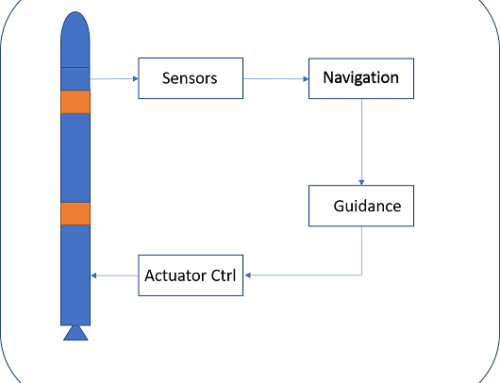The concept cubesat provides a defined standard size and weight for small satellites. Cubesat is the name given to a cube-shaped design of L::10cm, W:10cm and H:10cm with a total weight limit of 1.3 kg.
This term was introduced in 1999 by Robert J. Twiggs of Stanford University with the intention to create an effective framework (including specifications and guidelines) for the design, construction and launch of small satellites.
Manufacturing cubesats allows the launch of multiple units stacked in a launcher tube, called P-POD (Poly-Picosatellite Orbital Deployer). The P-POD plays a critical role as an interface between the launch vehicle and the cargo minimizing potential interactions of different payloads by physically enclosing them into an inactive “off” state.
At Tlon Space SA we have developed three models. The standard Tlon P-POD can accommodate twelve (12) buckets of one unit. The dual Tlon P-POD can accommodate six (6) two-unit buckets and the premium Tlon P-POD with capacity for four (4) three-unit buckets.
In a nominal mission sequence, the cubesats are driven from the Tlon P-POD in tow after reaching orbital altitude. Once safe, each cubesat will activate and begin its mission.
Key features
- The common form factor and weight of the cubesats are necessary to ensure that they are properly loaded into the Tlon P-POD.
- Spring pressure parts between the cubesats. They provide the initial separation between cubesats after deployment.
- Implementation switches. This ensures that all cubesats are inactive during launch and pre-launch activities.





Leave A Comment